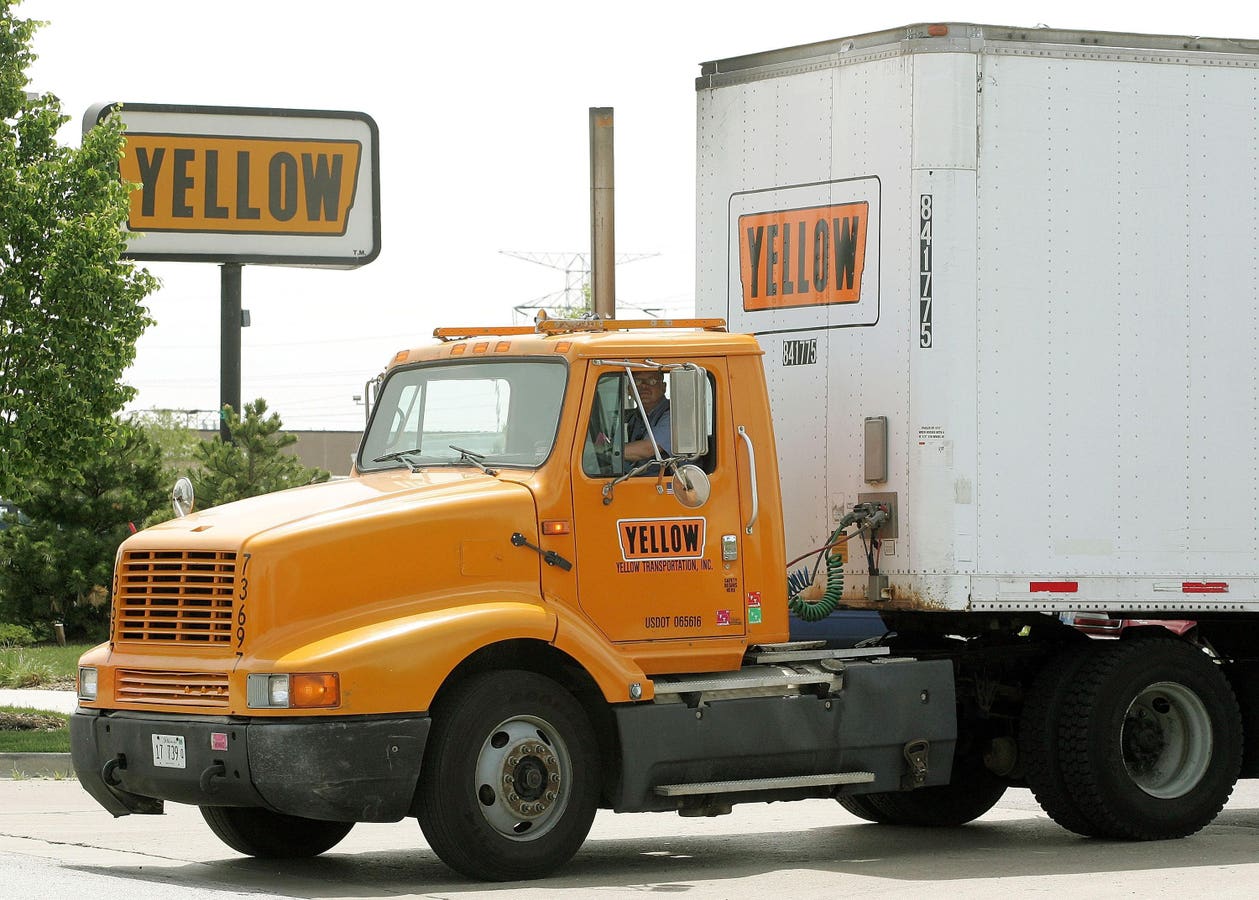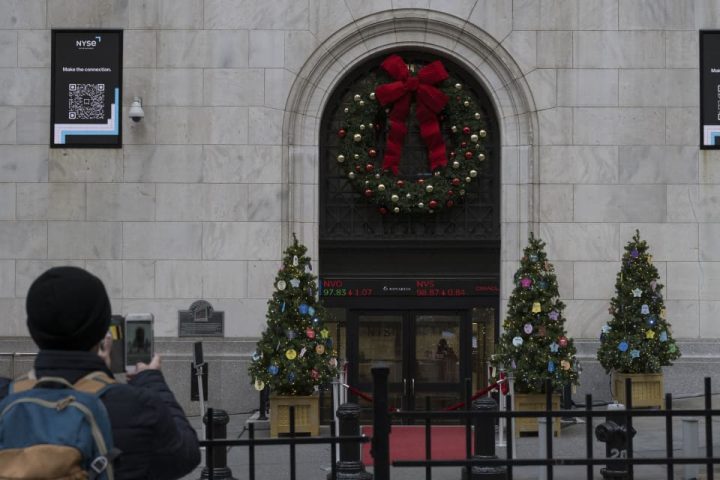Inflationary Wages and Union Labor
The United Auto Workers, known as the UAW, strikes with Stellantis, Ford, and General Motors
GM
We have previously covered the auto manufacturers and the challenges they face, not only with labor and supply chains, but also with fierce competition in their end markets. The landscape for automakers was hardly constructive, even before the UAW went to expand strikes and demand higher wages – we prefer the opportunities in automotive supply chains far more than with the companies who are pumping out the end product. But even the opportunities in the supply chains are going to be threatened if disruptions to output from strikes continue.
The Strikes
The United Auto Workers Union’s fight with the Big 3 automakers makes them more or less uninvestable. These firms are already going through a structural transformation as they shift from combustion engines to electric vehicles – they are fighting tooth and nail for market share and the strikes are just one more problem that they don’t need right now.
The problem is that the automotive market has become more competitive and the UAW no longer dominates the labor market for the automobile industry. When The UAW call a strike, it doesn’t bring the automotive market to a halt, it just hurts the Big 3.
Similarly, the Big 3 no longer dominate the auto market in terms of market share. Reductions in output due to strikes doesn’t stop people from buying cars in the U.S. – it just reduces how many cars from the Big 3 are on the market. Said another way, when strikes happen the Big 3 lose market share.
Both the UAW and the Big 3 as corporate entities have seen their power deteriorate as foreign manufacturers have brought more models to the US, as labor shifts to Mexico, and as big rivals without unions such as Tesla
TSLA
That makes these negotiations more risky over the short term, and hugely detrimental should they drag on for any extended period of time. Both the UAW and the auto companies need to come to an agreement quickly or else they both lose.
Yellow Corp
The real risk for unionized labor is for negotiations to ignore competitive pressures with the end result being that both the company and the union end up losing.
Take Yellow Corp, formerly one of the largest logistics companies in the country. Management and the organized labor union blame each other for the deterioration in the firm’s financial situation but the end result is really simple – bankruptcy. The logistics market is highly competitive and very cyclical and years of declining operating efficiency pushed the company over the edge. Management will blame the unions, and the unions will blame management. At the end of the day, an inability to cooperate and build efficiencies meant the company slowly became less competitive and ended up failing when the cyclical business slowed down.
You know what other market is highly competitive and exceptionally cyclical? Automobiles.
Now, we aren’t suggesting the Big 3 are on the brink of bankruptcy or that these negotiations are the inflection point for their future success – but it’s important for us to frame the potential impact of prolonged strikes over time.
The Strikes Make Sense
While we would like to see the strikes conclude quickly, we also understand why the UAW is being more aggressive with this contract renegotiation cycle. They recognize this is probably one of their last opportunities to fortify their position in an industry that’s rapidly changing. Let’s examine some of the pressures they face and why this is a good time for them to pressure the automakers.
First, let’s discuss automation. Automation in manufacturing has been on the rise for decades. Automation is essentially about the productivity of capital v. the productivity of labor. You can buy a robot and it can make X widgets per hour, and a human can make y widgets per hour. Over time, the productivity of robots has been increasing and low interest rates made robots more affordable. Now, financing costs have increased with rising interest rates. This increase in the price of automation gives the UAW an opportunity to try to raise wages and lock in favorable terms.
Second, the shift towards electric vehicles has meaningful implications for the labor unions. Electric vehicles are simpler in terms of final construction. The engines and drive trains take less work to put together and final assembly is more straightforward. Don’t get me wrong – there’s still plenty of complexity in the car – but a lot of that complexity is now computerized or focused elsewhere in the supply chain outside of the final assembly. The complexity is moving out of UAW territory, and that makes the UAW more vulnerable. They need to act to try to protect jobs and raise wages before EVs become the dominant story.
Third, the political and economic backdrop makes going on strike easier. Companies are being encouraged to bring jobs back to the United States. Political leadership on both sides of the aisle are trying to win votes in blue collar states.
Fourth, Inflation has been high, so the workers are feeling the pinch without raises and the need to renegotiate a deal is very real.
Strikes Could Spread
Given what we’ve just covered, we don’t expect the UAW to back down from their demands. In fact, we see more labor groups probably following in the UAW’s footsteps. Labor in the United States is in high demand, unemployment is exceptionally low, and financing costs are high. Disruption in the form of automation and AI is on the horizon, but right now labor dependent companies don’t have many choices besides increasing pay and fighting to retain workers.
We think most large employers are at risk. Especially those with large blue-collar workforces whose wages haven’t risen much in recent years. Think about retail, think about restaurants, think about staple names with large payrolls. Some of these big companies have been on the front foot – putting together packages to raise wages on their own. On the other hand, some companies haven’t struggled, both with retention and with the messaging around their labor situation.
On one hand, look at a company like Bank of America
BAC
On the other hand, there are a lot of companies who are exposed to potential labor disruptions. Obviously, there are those in the automotive industry who we started the article with, but there are many others. Think about the Starbucks
SBUX
Where Do You Invest
If you’re concerned about labor disruptions when assessing your investments, then the simple solution is to look for investments that are already focused on efficient capital deployment rather than on labor deployment. Put a different way, look for companies generating high revenues per employee, where there’s ample margin capacity to pay for labor where it’s necessary. Typically, these kinds of businesses are in healthcare, finance, and of course, in technology. These kinds of businesses are probably more expensive from a valuation perspective but are going to be more resilient. Technology, in particular, is attractive.
Think about what we said before about the labor pool that’s susceptible to unionization and bargaining. It’s a small labor pool, unemployment is low, and the labor pool on the sidelines is necessarily small and geographically constrained. Not a lot of people are lined up waiting to take UAW jobs in Michigan if the UAW employees all walk out. The Big 3 have to sit at the table and hammer out a deal. Tech on the other hand generally has highly paid employees with significant benefits. Productivity is skyrocketing as new AI tools come into the marketplace, and finally – much of the tech world is going global. Remote work is being embraced by technology companies which means the pool of available labor is huge. It’s not constrained to a half hour’s drive away from the factory – it could be someone literally on the other side of the globe who is going to help your company build its new application. Think about companies like EPAM or Salesforce
CRM
The same thing can be said for numerous companies within the technology space. Sure, they face plenty of risks, but being shut down by the UAW isn’t one of them.
Read the full article here







